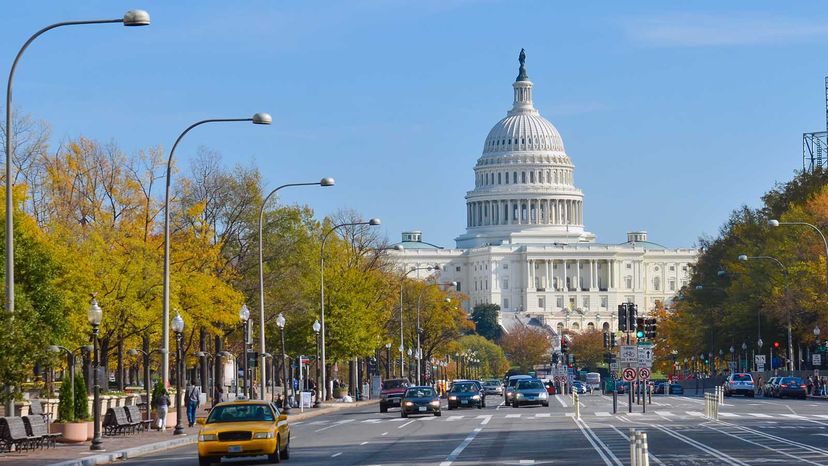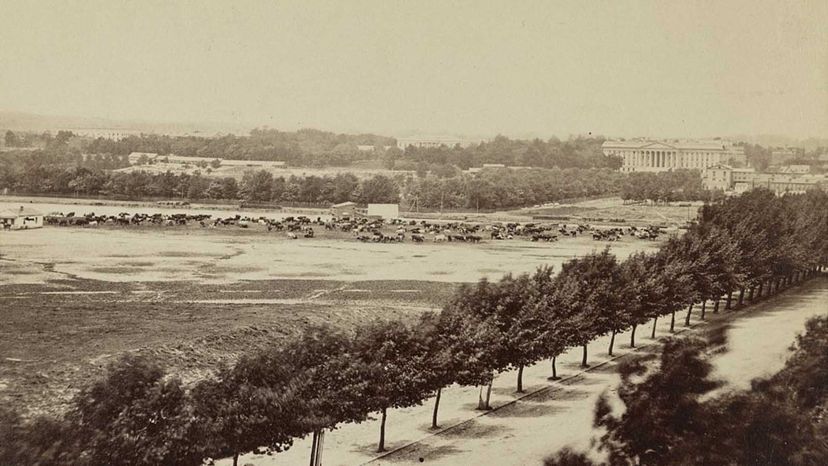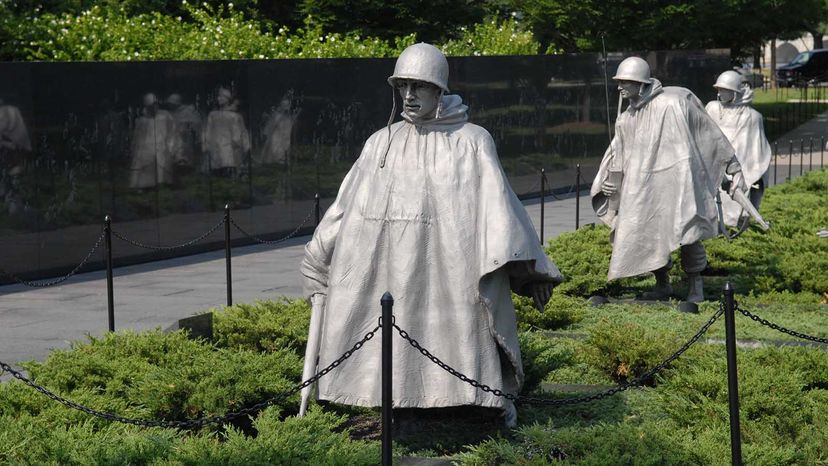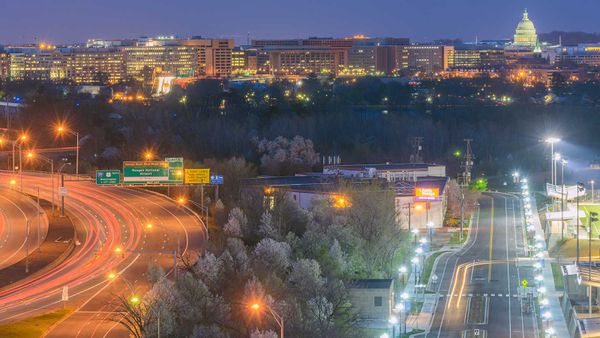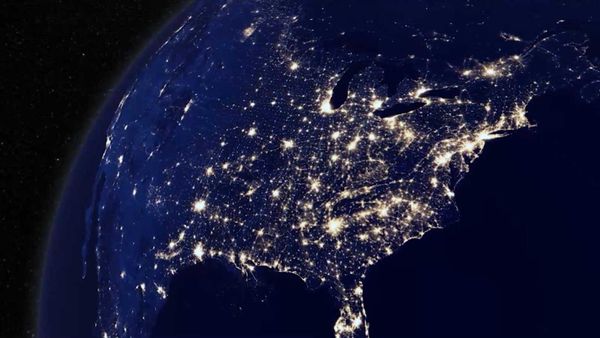By 1847, the federal government retroceded the portion of D.C. in Arlington County back to Virginia. Why? Because the residents of Alexandria, which had previously been the county seat of Fairfax County, lost their Virginia state citizenship and could no longer vote in congressional or presidential elections. So they left D.C.
But despite this temporary population and land area loss, the federal government and civilian population continued to grow. And many of those coming to the area were formerly enslaved people.
After the District of Columbia Compensated Emancipation Act became law and enslaved men and women there were freed April 16, 1862 — months before Abraham Lincoln signed the Emancipation Proclamation — Washington, D.C., became a hub for newly freed men and women. This, and the establishment of Howard University in 1867, helped make it home to a substantial, vibrant African American community, including luminaries like Frederick Douglass.
All this U.S. history still does not make it part of a state, however. Originally intended only as the seat of federal government, D.C. didn't even have its own mayor or city council until 1974. And even though the residents pay federal taxes, they do not have representation in Congress, meaning they lack the full rights that residents of individual states enjoy. Plus, Congress still retains the power of veto over local laws enacted by city government, which is why some argue for statehood.
